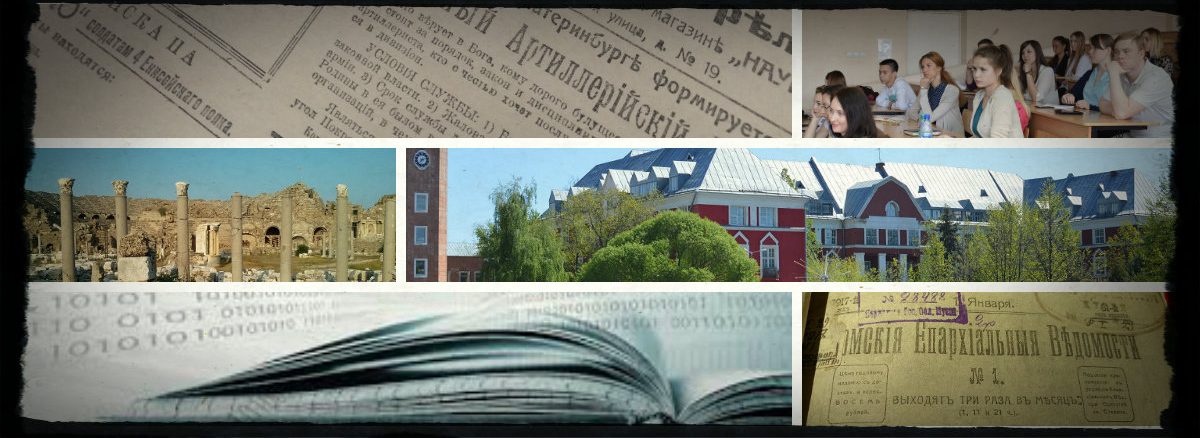The Bracero History Archive collects and makes available the oral histories and artifacts pertaining to the Bracero program, a guest worker initiative that spanned the years 1942-1964. Millions of Mexican agricultural workers crossed the border under the program to work in more than half of the states in America.
The Bracero Program, which brought millions of Mexican guest workers to the United States, ended more than four decades ago. Current debates about immigration policy-including discussions about a new guest worker program-have put the program back in the news and made it all the more important to understand this chapter of American history. Yet while top U.S. and Mexican officials re- examine the Bracero Program as a possible model, most Americans know very little about the program, the nation's largest experiment with guest workers. Indeed, until very recently, this important story has been inadequately documented and studied, even by scholars.
The Bracero Program grew out of a series of bi-lateral agreements between Mexico and the United States that allowed millions of Mexican men to come to the United States to work on, short-term, primarily agricultural labor contracts. From 1942 to 1964, 4.6 million contracts were signed, with many individuals returning several times on different contracts, making it the largest U.S. contract labor program. An examination of the images, stories, documents and artifacts of the Bracero Program contributes to our understanding of the lives of migrant workers in Mexico and the United States, as well as our knowledge of, immigration, citizenship, nationalism, agriculture, labor practices, race relations, gender, sexuality, the family, visual culture, and the Cold War era.
The Bracero Program was created by executive order in 1942 because many growers argued that World War II would bring labor shortages to low-paying agricultural jobs. On August 4, 1942 the United States concluded a temporary intergovernmental agreement for the use of Mexican agricultural labor on United States farms (officially referred to as the Mexican Farm Labor Program), and the influx of legal temporary Mexican workers began. But the program lasted much longer than anticipated. In 1951, after nearly a decade in existence, concerns about production and the U.S. entry into the Korean conflict led Congress to formalize the Bracero Program with Public Law 78.
The Bracero Program was controversial in its time. Mexican nationals, desperate for work, were willing to take arduous jobs at wages scorned by most Americans. Farm workers already living in the United States worried that braceros would compete for jobs and lower wages. In theory, the Bracero Program had safeguards to protect both Mexican and domestic workers for example, guaranteed payment of at least the prevailing area wage received by native workers; employment for three-fourths of the contract period; adequate, sanitary, and free housing; decent meals at reasonable prices; occupational insurance at employer's expense; and free transportation back to Mexico at the end of the contract. Employers were supposed to hire braceros only in areas of certified domestic labor shortage, and were not to use them as strikebreakers. In practice, they ignored many of these rules and Mexican and native workers suffered while growers benefited from plentiful, cheap, labor. Between the 1940s and mid 1950s, farm wages dropped sharply as a percentage of manufacturing wages, a result in part of the use of braceros and undocumented laborers who lacked full rights in American society.
